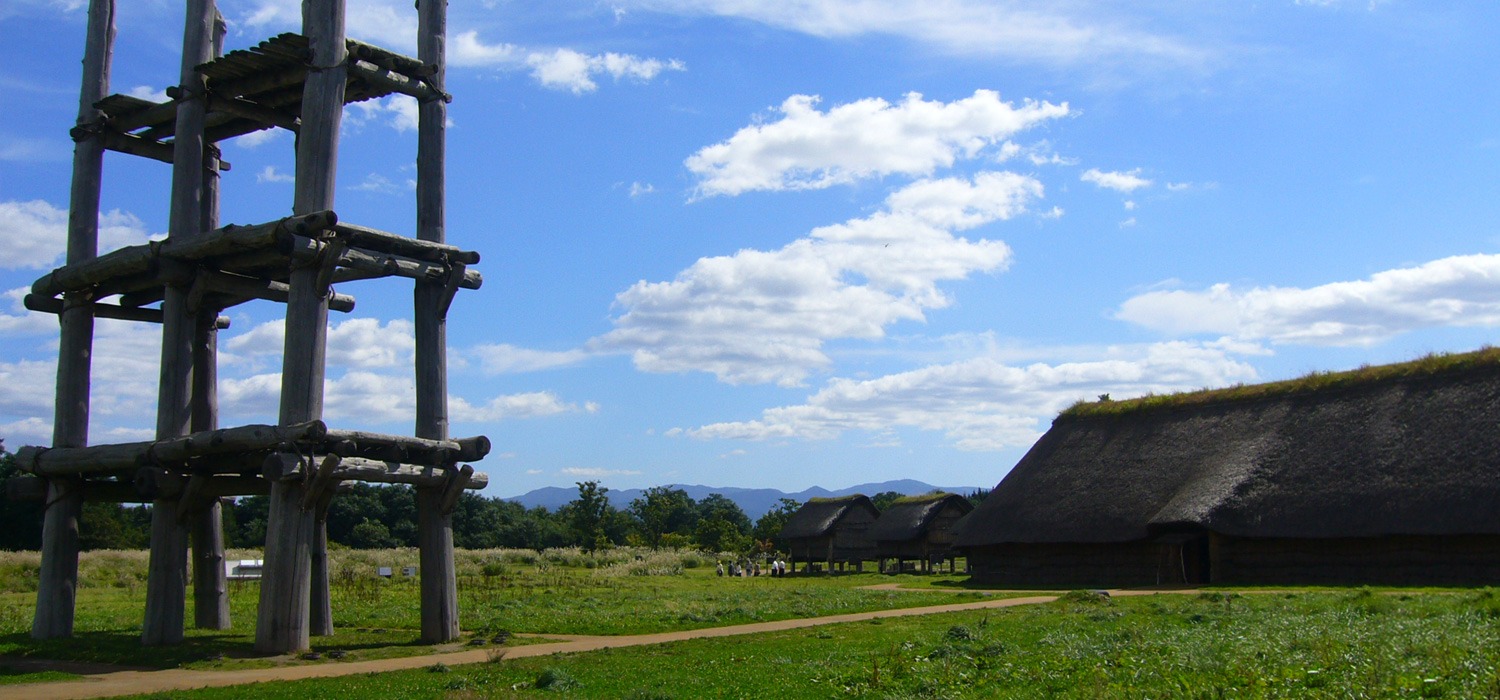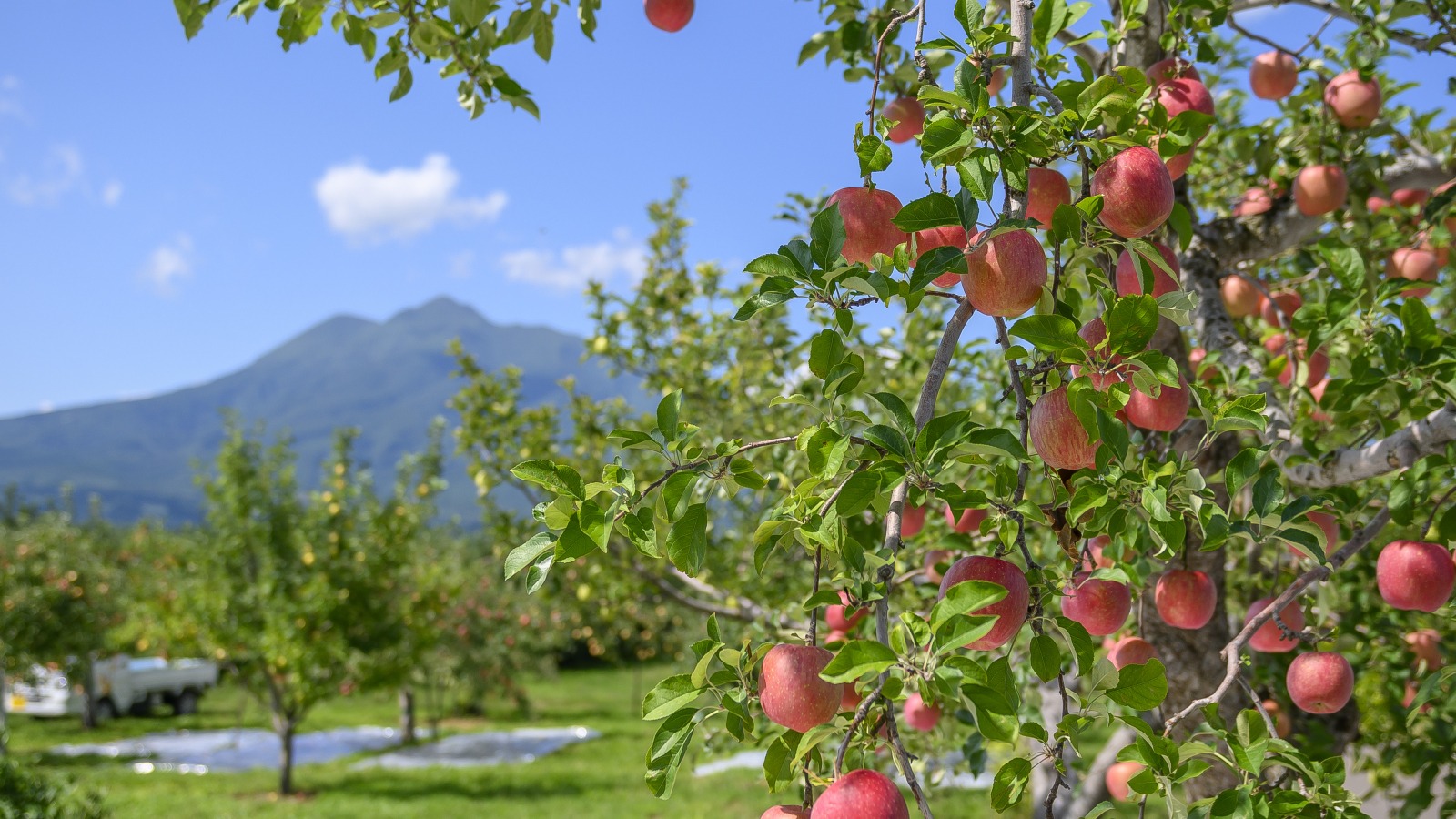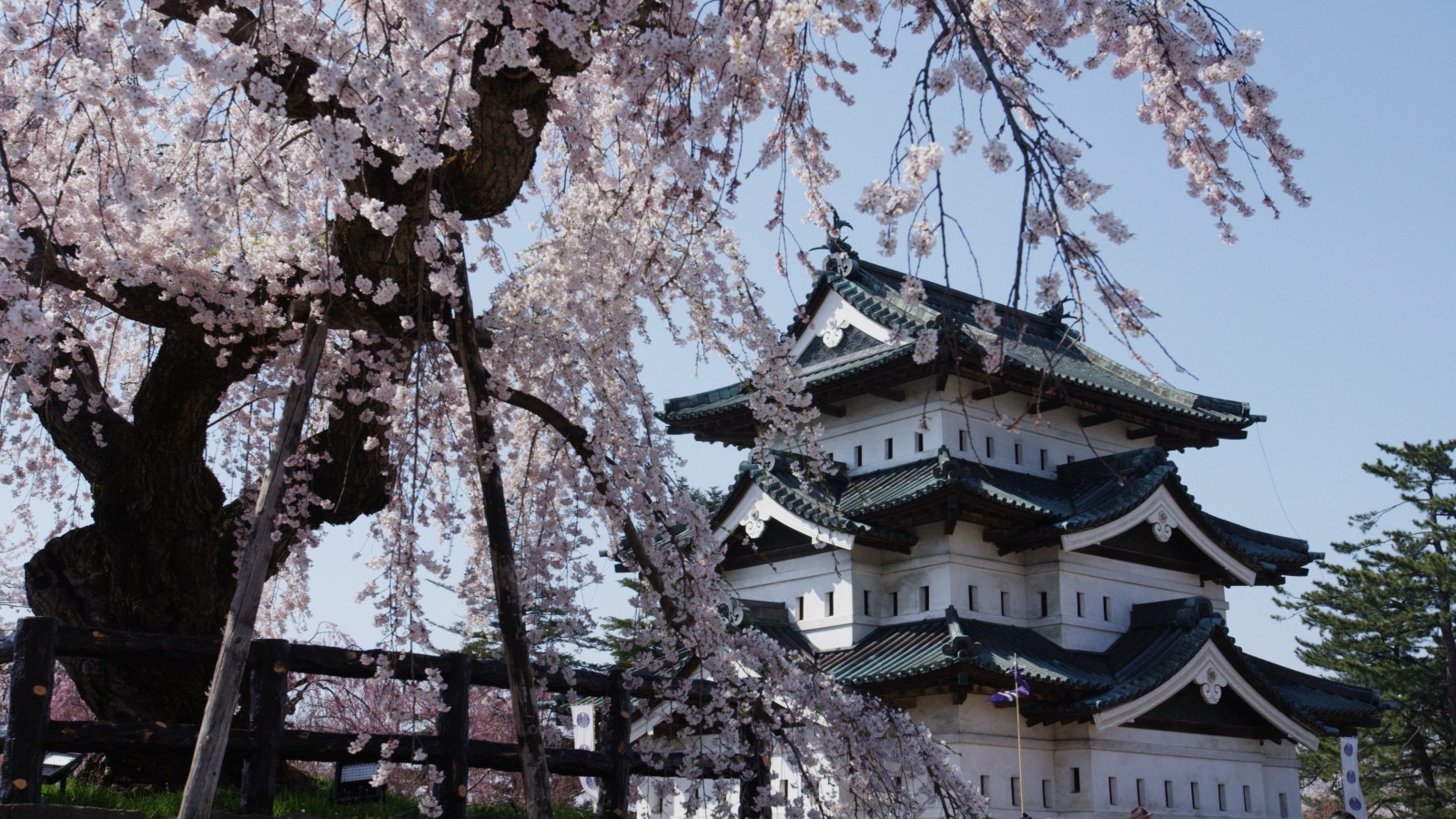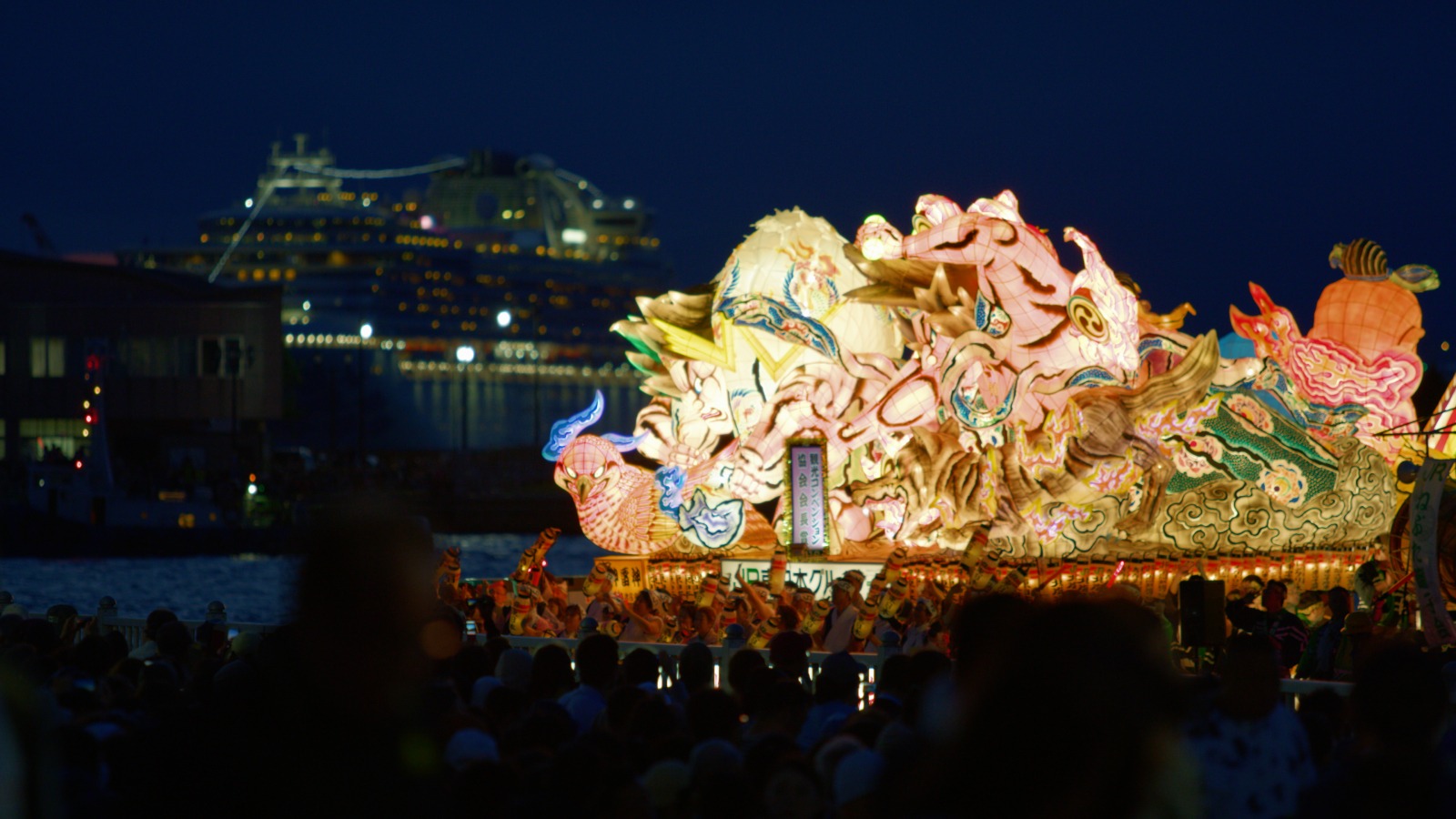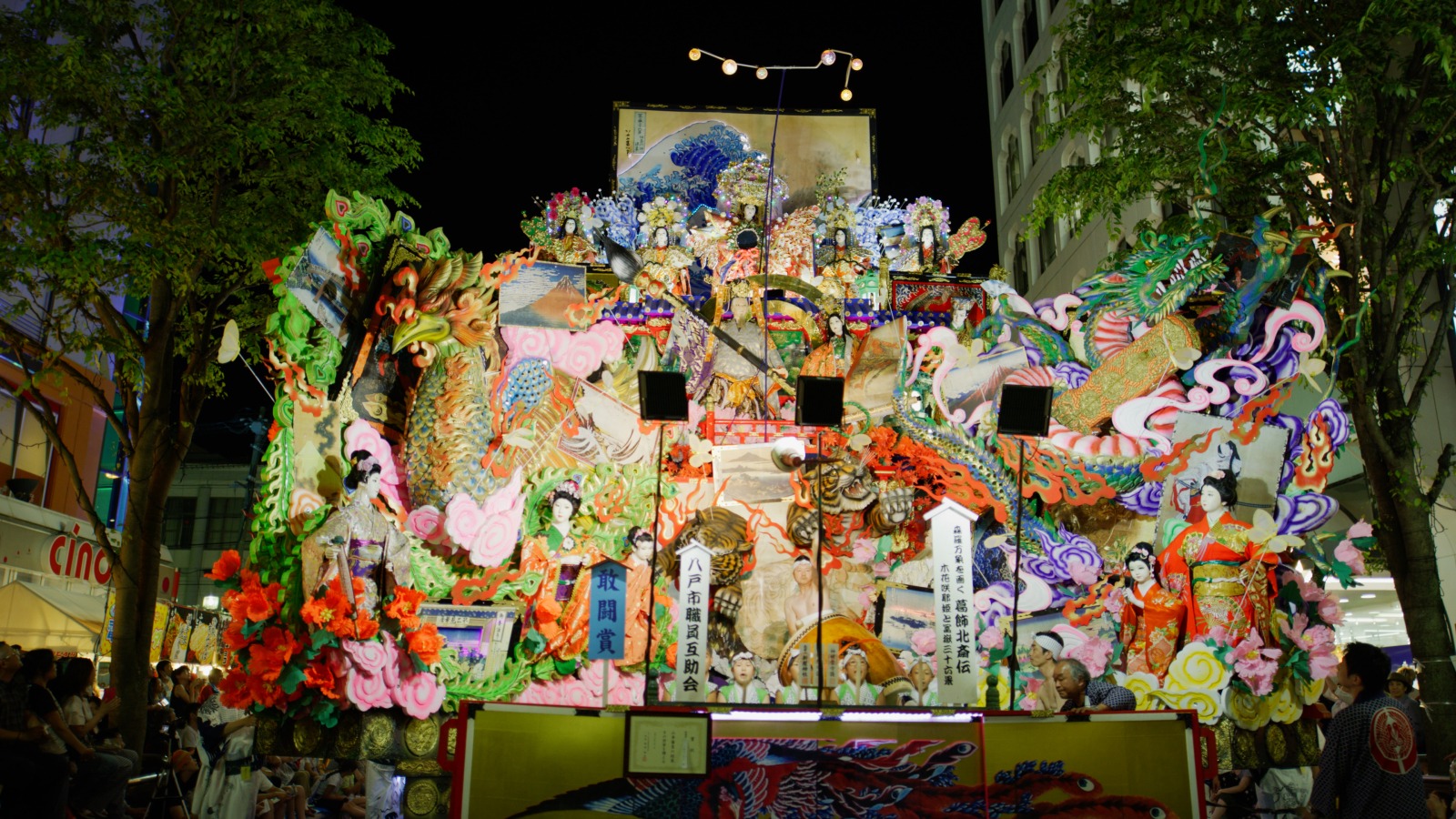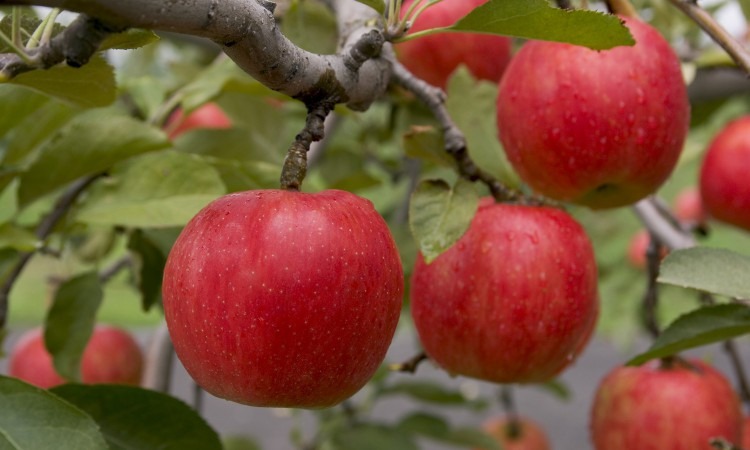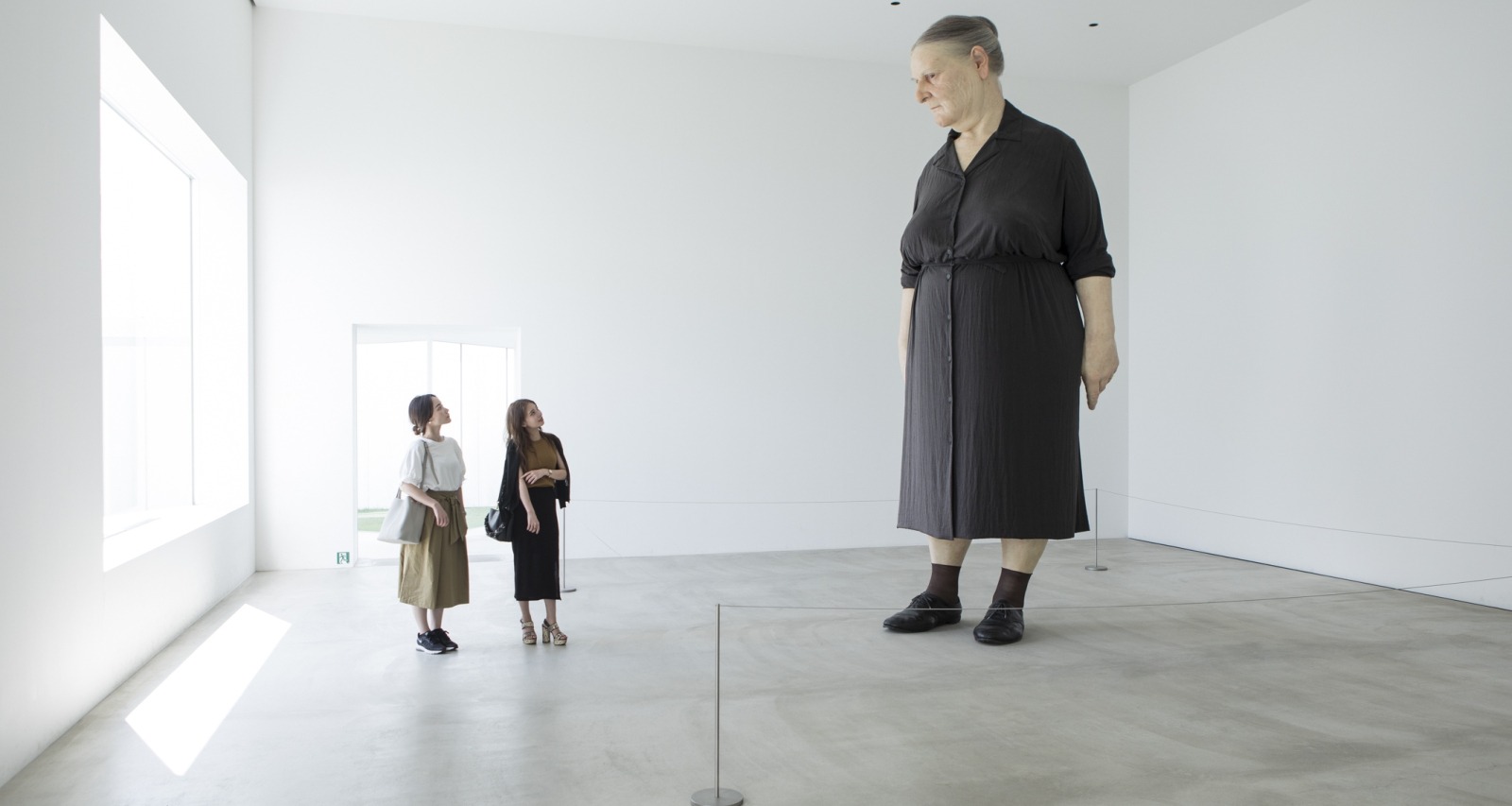History of Aomori

“Aomori” was named in 1624, back in the early Edo period when construction of a seaport had begun in what is modern day Aomori City. In those days, it was said that there were green woods near the current Honcho, Aomori, which was used as landmark for the ships that came into port. Learn more about Aomori’s history and culture.
Prehistoric age
The base of Aomori’s landform was created in the Paleozoic Era, Mesozoic Era and Cenozoic Era. At first, the area of Aomori submerged beneath the sea before emerging over time due to repeated volcano activity since the Mesozoic Era. Aomori’s volcanic areas like Mt. Iwaki, Hakkoda Mountains and Mount Osore were active back during those eras. The volcanic rocks formed by volcano eruption were used for stone tools, and Jomon earthenware was made from good quality clay. Following this, the trace of the Ice Age can be seen in the World Heritage area, Shirakami-Sanchi, due to the plant life that remains in the region.
Before and up until the Edo Period
The western side of Aomori Prefecture is called “Tsugaru” and the eastern side is called “Nanbu”, and those two areas have developed their own cultures due to a complicated history. During the era of civil war (1495–1575), Nanbu clans had control over Aomori, Akita and Iwate region. However it was hard to effectively rule over such a wide area, and conflict continued for a long time. In late 16th century, Oura Tamenobu who was the vassal of the Nanbu clan, rebelled and became the lord of the Tsugaru region in 1590, naming himself as Tsugaru Tamenobu. At the same time, Nanbu Nobunao became the lord of Nanbu region. In the Meiji Period, those two areas with different character became one: as Aomori Prefecture. The Hirosaki Neputa Festival, Aomori Nebuta Festival and Goshogawara Tachineputa Festival yearly held in August have a long history as well. Some people say that those festivals began when Tsugaru Tamenobu ordered a huge lantern on a trip to Kyoto in 1593. There is a difference between the festival in Tsugaru and Nanbu region, that is, the Nebuta and Neputa Festival of the Tsugaru region are held at night, while the Hachinohe Sansya Taisai Festival is held durin the daytime. These historical festivals have been passed on until today.
Modern and Contemporary Period
In 1877, Aomori prefecture saw apples ripening on its trees — this was the period of Japan’s first apple cultivation. After that, Aomori overcame various difficulties like pests or disease, and became Japan’s number one in apple production. Aomori prefecture, surrounded by beautiful nature, has various activities through a year such as flower viewing in spring, trekking in summer, autumn leaves hunting in fall and ski in winter. Pure water flowing through Aomori’s rivers makes for good sake and the prefecture sees abundant catches of seafood from the sea that surrounds it on three sides. Also there are many hot springs with spectacular views of nature. Aomori has so many attractions, we hope you can visit to experience them.
